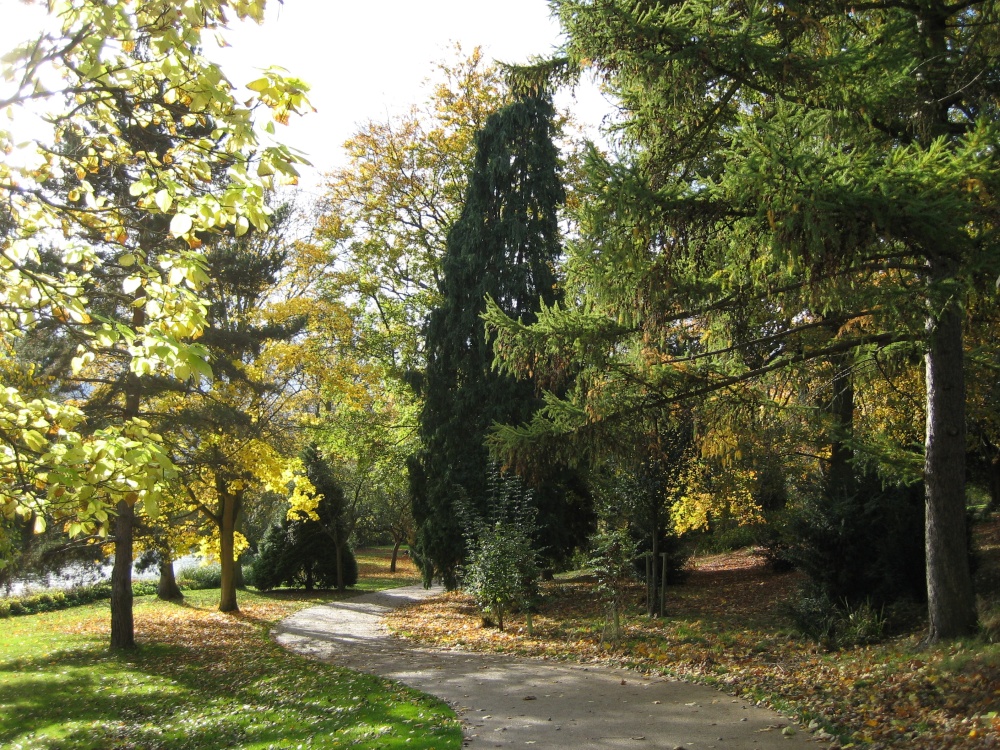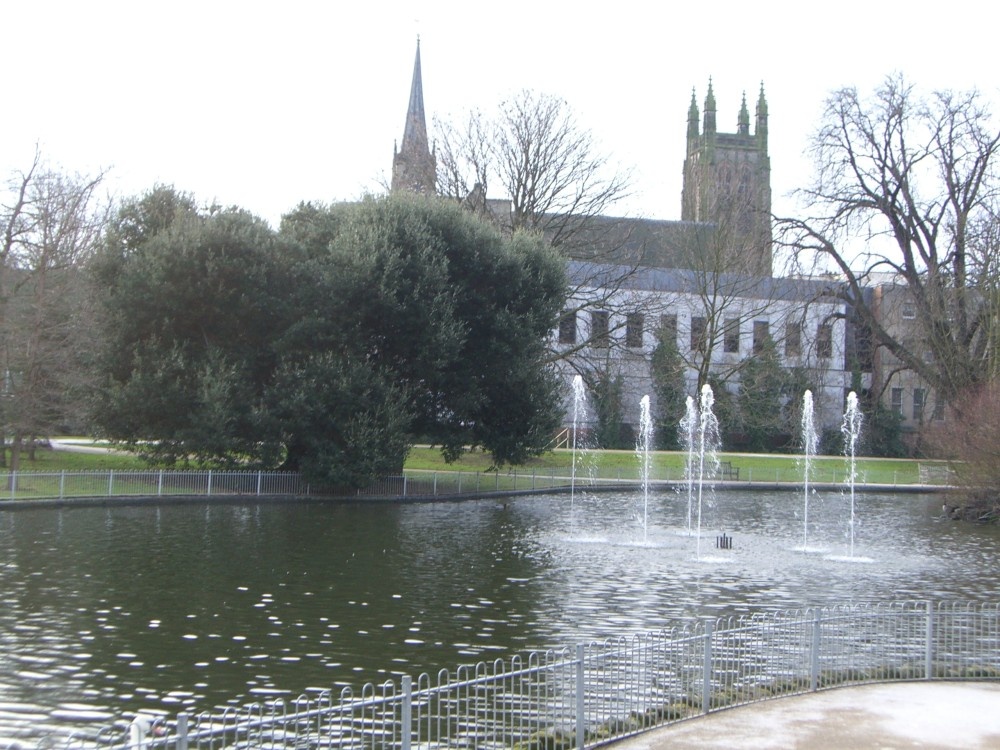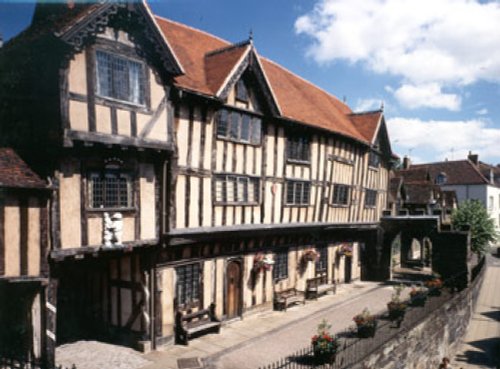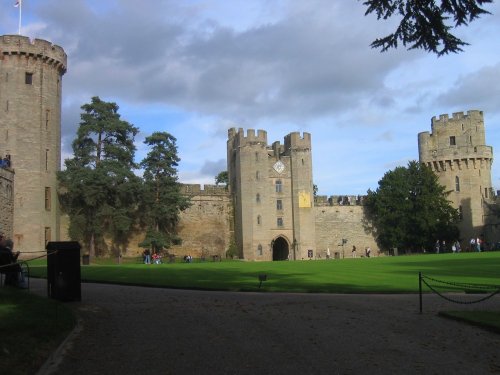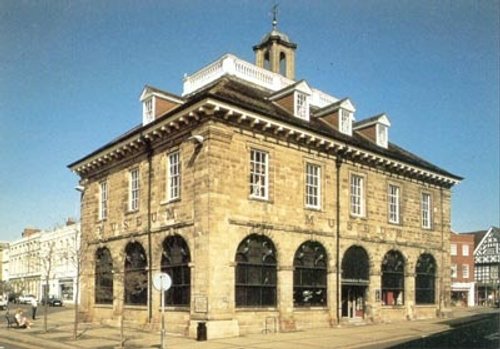Pictures of Royal Leamington Spa
About Royal Leamington Spa
This town has a history stretching back to the Doomsday Book, but it was Queen Victoria who put the "Royal" into Leamington Spa when she bestowed the title in 1838. By this time the town had reached the height of its fame as a "Spa" frequented by the good and the great of the era.
Most of the fine Regency Squares and early Victorian houses close to the bank of the River Leam remain from this legendry time, the famous natural springs had been known since the Middle Ages, but it was not until the 18th century that baths began to be built around them. The waters became known as a cure for stiffness of the joints and other related bodily disorders, causing a flurry of visitors to what was then just a small town.
In 1810, The Royal Pump Room, built by a local Warwickshire firm was opened. This was surrounded by enclosed landscaped gardens for the sole benefit of patrons of the Pump Room. A bandstand was built, thus visitors could enjoy a gentle stroll whilst enjoying music played by Military bands. Later in the century, when the fashion for "taking the waters" began to decline the park was opened up to the general public and by 1889 the Pump Rooms had become the property of the local authority.
Today, visitors to Royal Leamington Spa can see a completely re-vamped Pump Room Complex bordering the River Leam. This houses the town's Art Gallery and Museum, Library, Assembly Rooms, Tourist Information Centre and a Cafe.
Other places of interest in the town are its historic Town Hall with the handsome life-size statue of Queen Victoria standing beside it. The famous Jephson Gardens opposite the newly restored Pump Room originated in the 1940's to commemorate the work of Doctor Henry Jephson who played a pivotal role in the town's 19th century development as a health spa. These gardens are dominated by lakes with fountains, waterfowl and have lovely tree lined walks beside beautiful flower-beds. The Davis clock tower in the gardens was erected in 1926. The eye-catching Regency houses seen in Lansdowne Circus are to a design by architect William Thomas, they were built around 1830, Thomas is reputed to be responsible for many of the town's fine buildings of the period.
Interestingly, Royal Leamington Spa is credited with being the home of the first lawn tennis club in the world. The club was formed at The Manor House (now the Manor House Hotel) in the year 1874 by Major Harry Gem and a group of friends and the rules they formulated remain observed to this day. A plaque in the hotel records this historic moment in the nations sporting history.
Visitors to Royal Leamington Spa have a diverse range of opportunities to experience, there is the historic Spa town with its grand old buildings, spectacular Pump Rooms (don't forget to taste the water on offer outside the building), the beautiful Jephson Gardens bordering the River Leam, and shopping to tempt the most discerning shopper! This town unlike many others is not converted to provide intrusive precincts, rather it has maintained its sense of style by continuing with a tradition of smaller owner-occupied shops offering a better class of merchandise, these can be found by wandering along Park Street, Regent Street and Warwick Street. You can also search out restaurants ranging from the "classy" to pub dining rooms, pleasant inns and cafes. Hotels are no problem, Warwickshire has some of the best and in the surrounding countryside there are peaceful bed and breakfast homes in idyllic Warwickshire villages. The two places not to be missed are Leamington's Museum and Art Gallery which not only has wonderful displays, but more importantly tells you all you need to know of the town and its centuries of history, the other is the magnificent church dedicated to All Saints.
A church has stood at the heart of Royal Leamington Spa for over 900 years, the present church was built during the 19th century and is a superb example of Victorian-Gothic architecture. It has an elaborate interior and for sheer size it rival's many of England's cathedrals. The church has many interesting historic treasures, however one of its modern day possessions is an alter fronts-piece mad from material commissioned by Westminster Abbey for the Coronation of our present Queen. Following the Coronation Westminster Abbey sold off the left-over fabric, a length was purchased by the then Member for Parliament, Sir Anthony Eden, who presented it to All Saints. It is used for special religious festivals and on days of national importance and pride.
